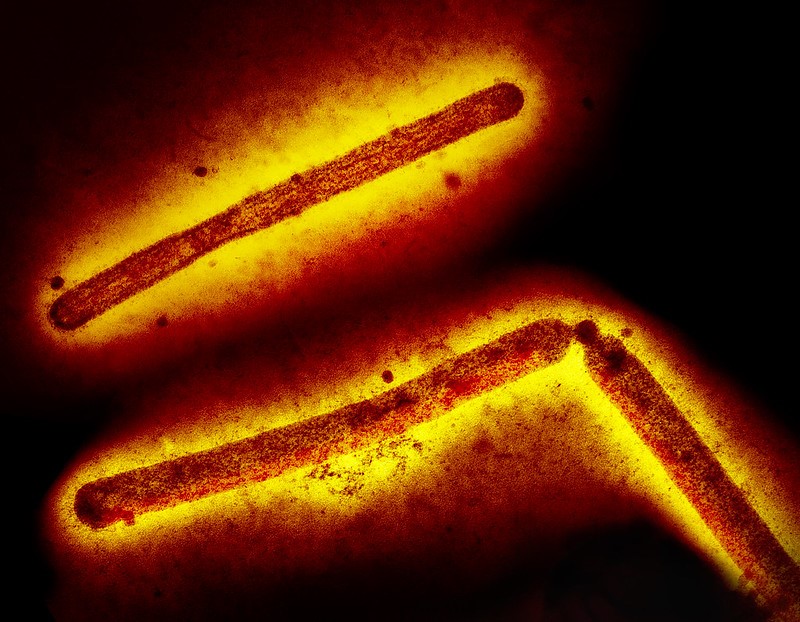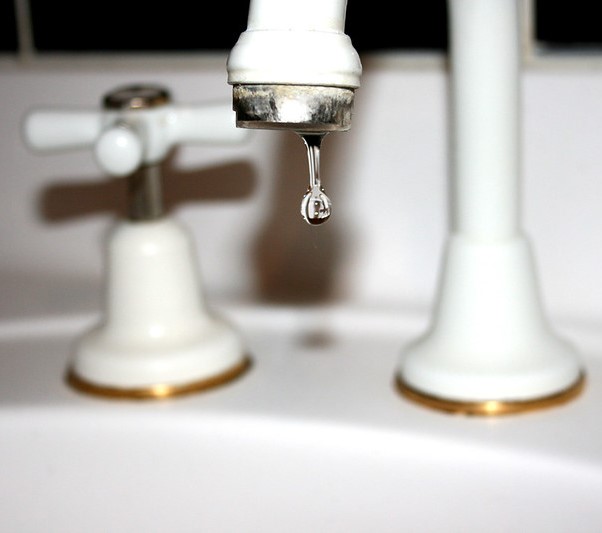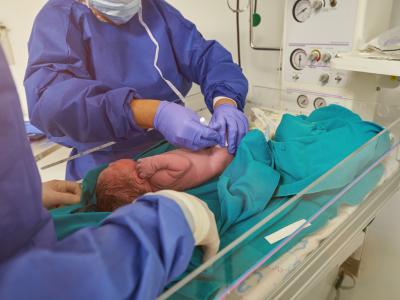Countries in the European Union and associated areas experienced record Legionnaire's disease cases in 2021, likely due to multiple factors, the European Centre for Disease Prevention and Control (ECDC) said in its latest report on the topic.
Italy, France, Spain, and Germany had 75% of the cases, and men ages 65 and older were the hardest-hit group. The ECDC also reported a 38% spike in travel-related Legonnaire's disease cases for 2021 compared to the previous year, which it said probably reflects lifted COVID travel restrictions.
Officials said it's not clear what drove the rise in cases. They added that contributing factors may include changes in national testing and surveillance, an aging population, and issues related to the design, infrastructure, and maintenance of building water systems. "Changes in climate and weather patterns across Europe and worldwide can also impact both the ecology of Legionella in the environment and the exposure to water aerosols containing the bacteria," the ECDC said.
Changes in climate and weather patterns across Europe and worldwide can also impact both the ecology of Legionella in the environment and the exposure to water aerosols containing the bacteria.
Symptoms of Legionella infection can include muscle aches, headache, fatigue, loss of appetite, confusion, and diarrhea, and they typically occur 2 to 10 days after exposure. Plumbing systems can harbor the bacteria, such as in cooling towers, whirlpool spas, hot tubs, humidifiers, hot water tanks, and condensers of large air-conditioning systems.


 A deep-learning (DL) model that analyzes the initial chest x-rays of patients who have community-acquired pneumonia (CAP) may predict the risk of death by 30 days more accurately than an established risk-prediction tool, finds a new
A deep-learning (DL) model that analyzes the initial chest x-rays of patients who have community-acquired pneumonia (CAP) may predict the risk of death by 30 days more accurately than an established risk-prediction tool, finds a new 










